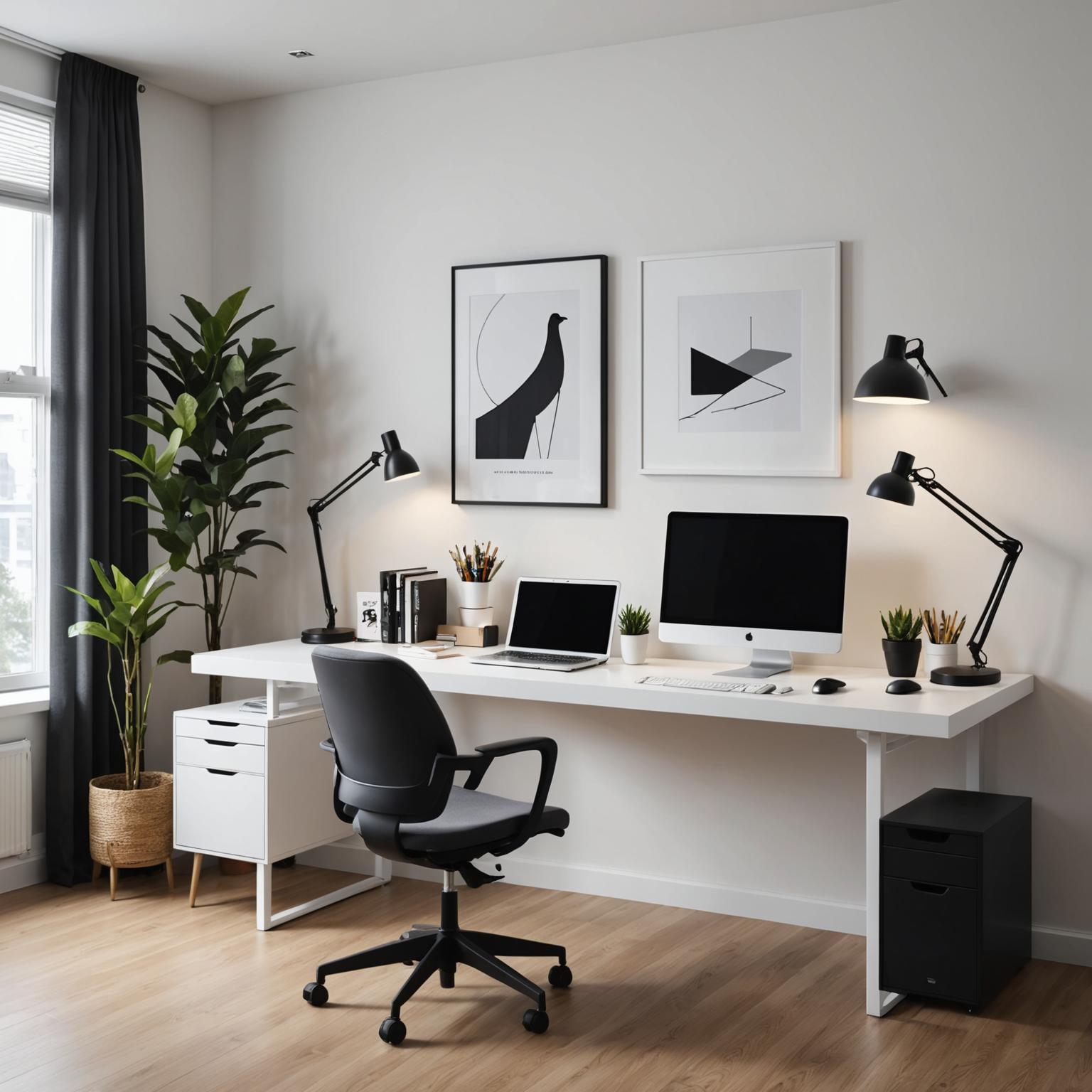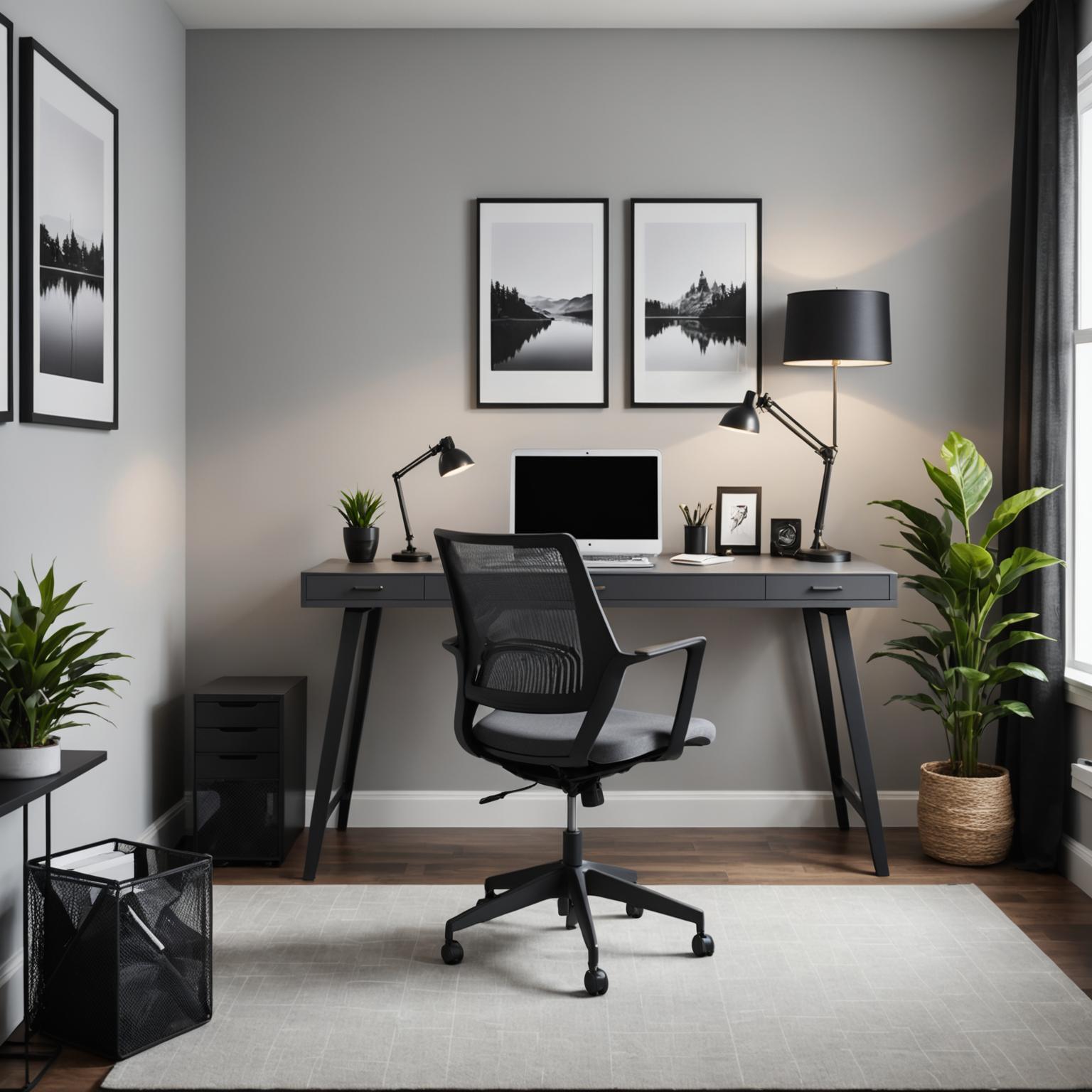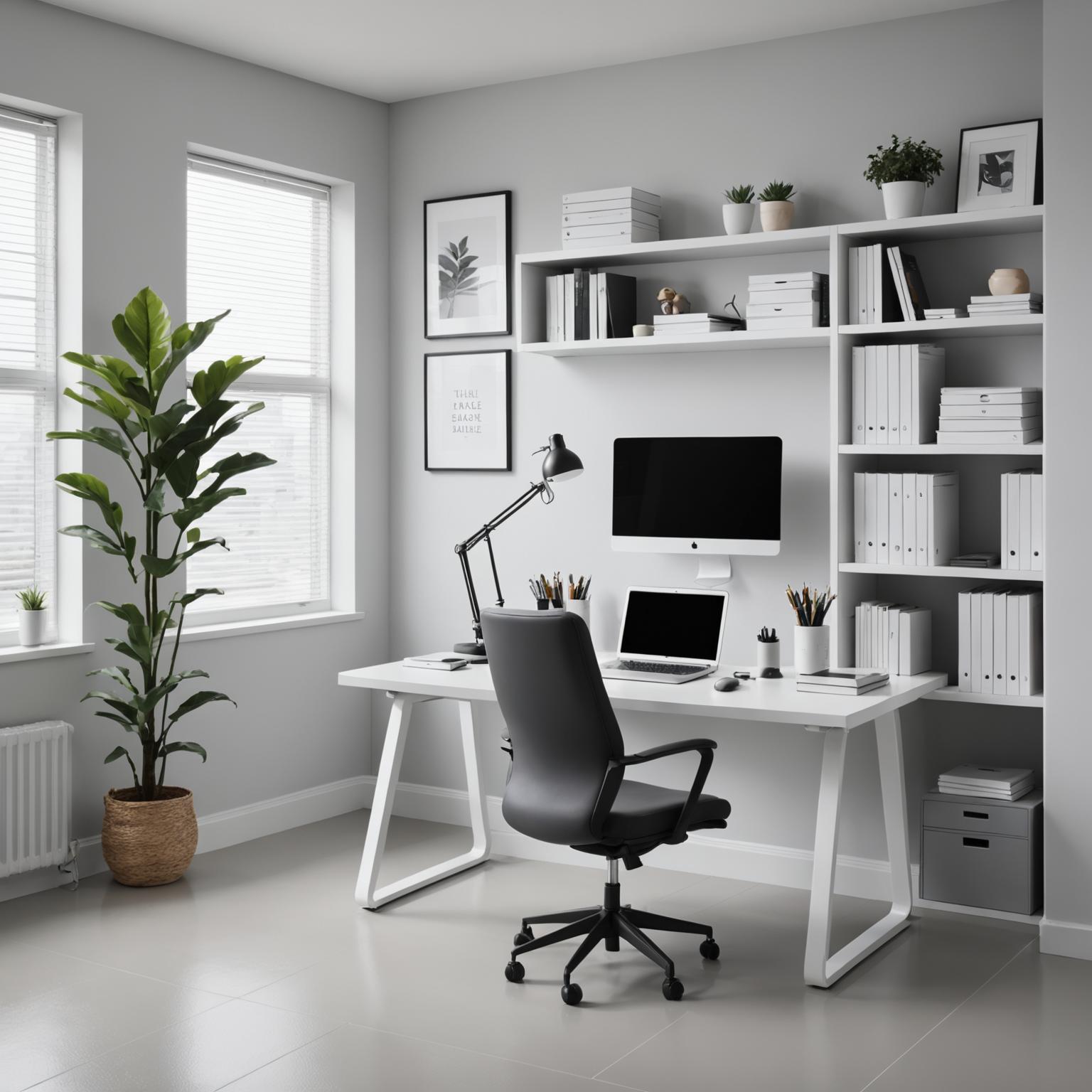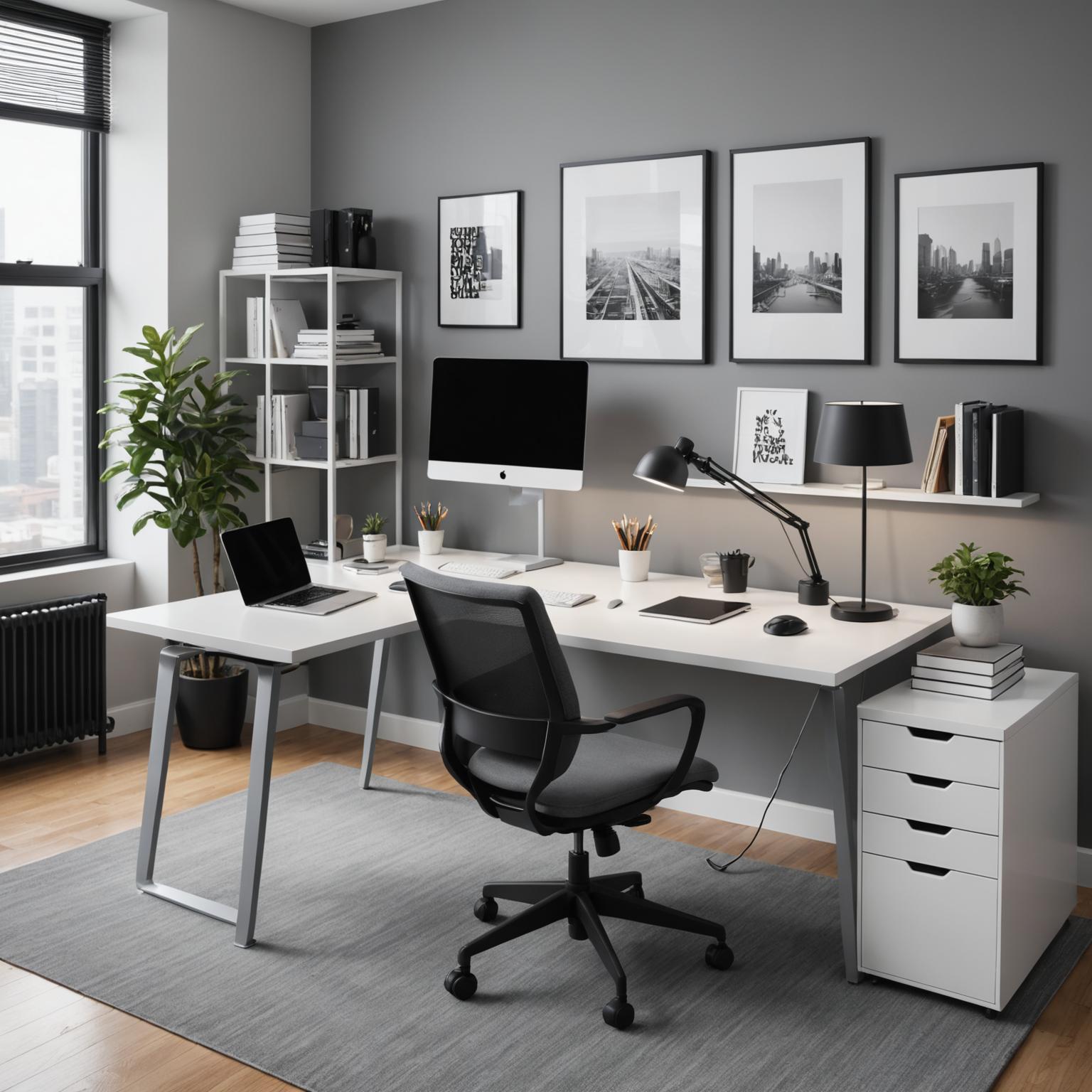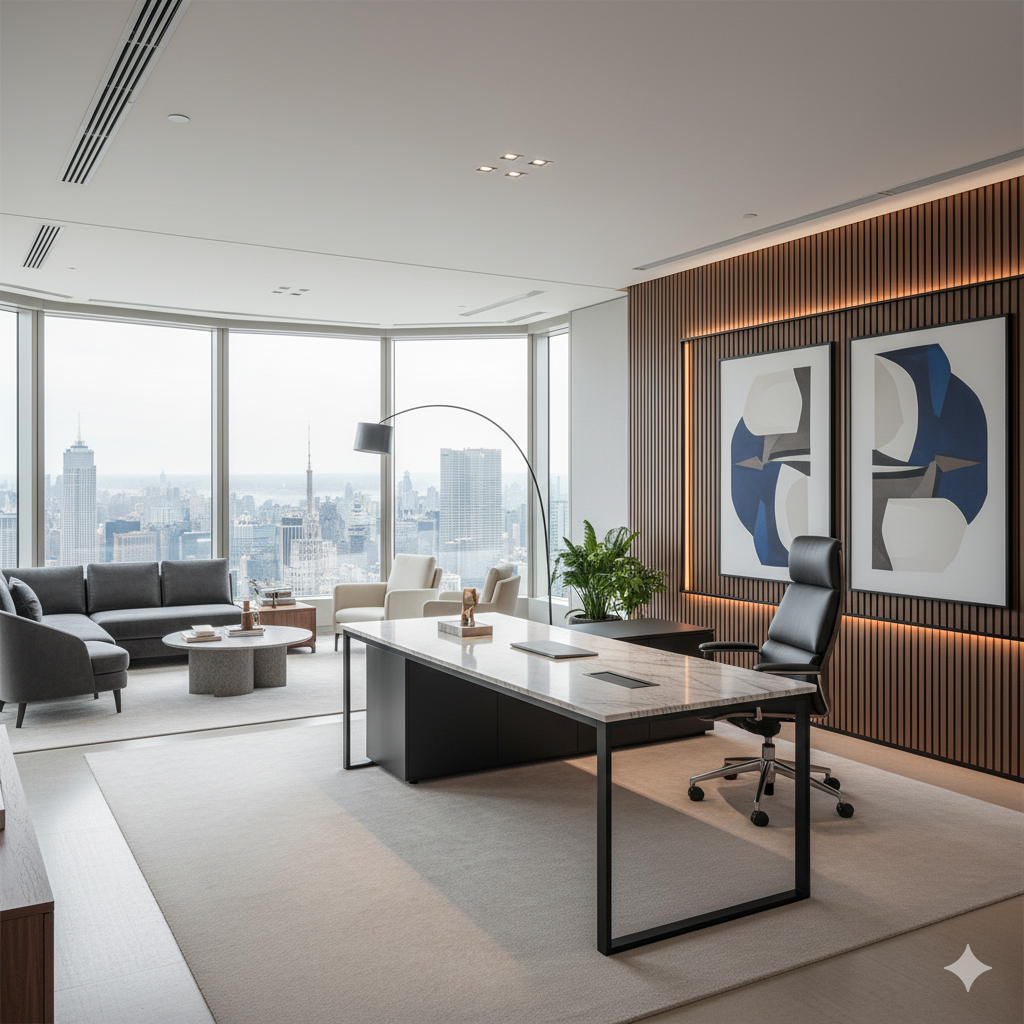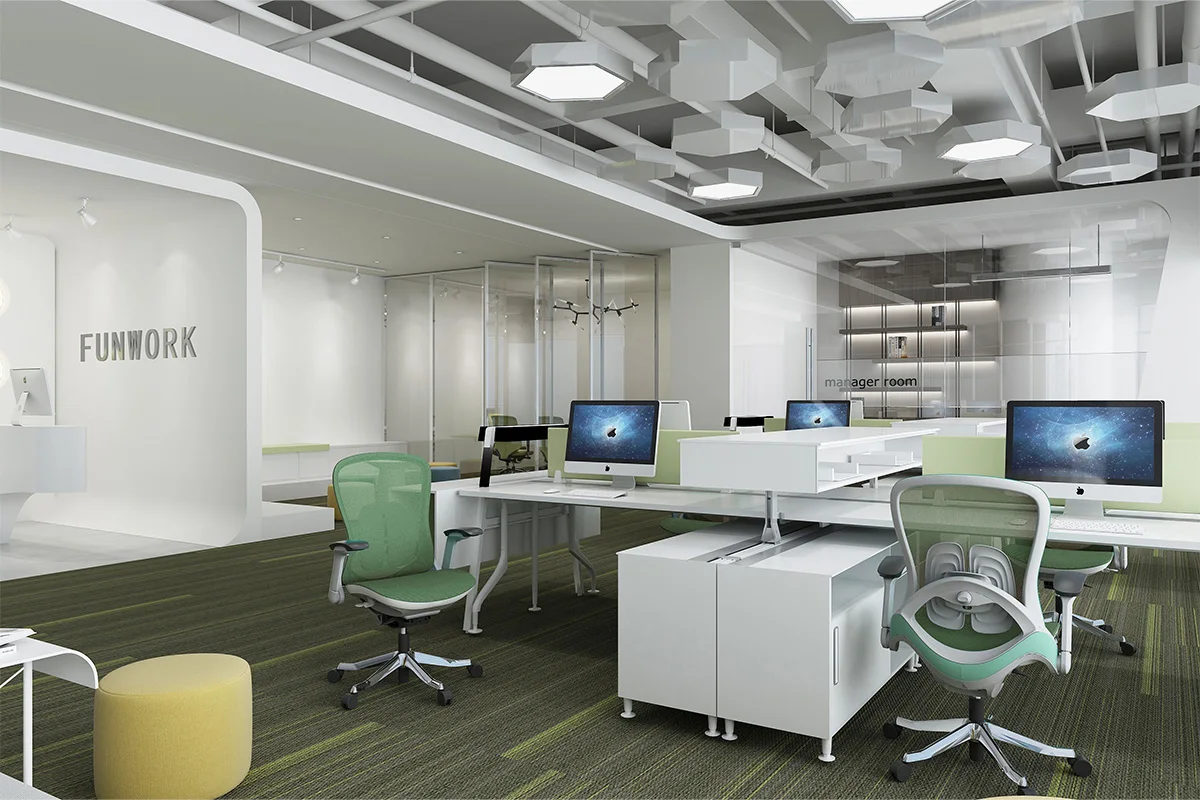
The Modern Supply Challenge in Office Furniture
Across global workplaces, traditional office furniture sourcing still struggles with inconsistent quality, long lead times, and poor spatial adaptability.
Companies often face mismatched designs, fragmented supply chains, and rising maintenance costs that erode project ROI.
Yet a new generation of office furniture suppliers has redefined the model—moving from single-product delivery to integrated workspace engineering.
This article explores why modular, ergonomic, and data-driven systems are reshaping how enterprises plan and procure furniture solutions.
Why Traditional Supply Models Fall Short
The traditional procurement model relies on bulk catalog purchases, local fabrication, and independent installers.
While low in entry cost, it often results in:
-
Design inconsistency across offices in different regions.
-
Limited reconfiguration when teams or layouts change.
-
High total ownership cost due to poor modular compatibility.
According to BIFMA research, over 40% of office refits involve replacing incompatible components within three years—an avoidable cost when systems are standardized.
Modern suppliers integrate centralized design management, digital production data, and systemized installation, enabling both flexibility and repeatability at scale.
The Shift to Modular and Ergonomic Systems
Modular office systems transform how workplaces evolve.
Rather than fixed furniture sets, these systems are composed of interoperable components—frames, panels, and accessories—assembled to meet dynamic layouts.
Ergonomic integration further enhances performance: adjustable desks, optimized seat geometry, and acoustic surfaces reduce fatigue and improve cognitive focus.
In hybrid and agile offices, these systems enable fluid transitions between teamwork and concentration zones, maintaining productivity without expanding floor space.
Comparing Conventional vs. System-Based Supply Models
| Criteria | Conventional Supply | Integrated System Supplier |
|---|---|---|
| Design Control | Independent per project | Centralized modular design database |
| Installation | Manual assembly, varied standards | Pre-engineered components with plug-fit joints |
| Adaptability | Fixed layout | Expandable and reconfigurable |
| Maintenance | Replacements by local vendor | Part-level updates within same system |
| Lifecycle Cost | High cumulative expense | 25–30% reduction in 5-year cost of ownership |
| Sustainability | Material waste high | Reusable frames and recyclable components |
Unlike traditional procurement, system-based suppliers design for long-term adaptability and uniform aesthetics—key advantages for growing enterprises.
Engineering Value: Where Materials and Performance Meet
A credible office furniture supplier treats furniture as engineered infrastructure.
Durability, precision, and lifecycle management define true value:
-
High-density boards and powder-coated steel frames ensure load-bearing reliability.
-
Acoustic laminates improve noise control in open-plan environments.
-
VOC-free coatings enhance indoor air quality.
Performance tests show that modular systems can extend replacement cycles by up to 40%, while maintaining structural precision across relocation or reassembly.
Real-World Scenarios: Transforming Workspaces in Practice
| Workspace Type | Recommended System | Design Focus |
|---|---|---|
| Open Work Areas | Modular bench systems | Flexibility and scalability |
| Meeting Rooms | Reinforced tables with cable integration | Collaboration and tech support |
| Executive Offices | Veneer or metal hybrid furniture | Leadership aesthetics |
| Reception Zones | Durable seating with quick maintenance | High-traffic resilience |
| Training Spaces | Foldable modular desks and stackable chairs | Multi-use adaptability |
For fast-growing startups, modular systems allow incremental expansion without full redesign.
For multi-branch corporations, centralized system design guarantees consistency from headquarters to overseas offices.
Selecting the Right Office Furniture System for Your Workspace
Every workspace has unique demands—from collaborative zones to executive areas—and selecting the right furniture system determines not only aesthetics but also long-term efficiency.
Below is a practical guide to choosing suitable configurations based on functional needs.
| Workspace Zone | Recommended System Type | Key Selection Criteria |
|---|---|---|
| Open Work Areas | Modular bench systems with shared-leg frames | Ideal for dynamic teams that frequently expand or reconfigure. Look for scalable frames and integrated cable management. |
| Private Offices | Freestanding desks with dedicated storage and privacy panels | Perfect for focused work environments or managerial spaces. Prioritize durability and material coherence. |
| Meeting & Collaboration Rooms | Large-format tables with built-in power modules and sound-absorbing panels | Choose systems designed for AV equipment integration and long-term surface stability. |
| Reception & Lounge Zones | Upholstered modular seating with replaceable covers | Focus on comfort, maintenance ease, and durability for high-traffic areas. |
| Training & Multi-Use Areas | Foldable tables and stackable chairs with locking casters | Recommended for flexible setups that require quick transitions between group sessions. |
| Storage & Filing Areas | Metal or laminate cabinets with adjustable shelving | Ensure load-bearing strength and consistency with overall office aesthetics. |
Tip:
When choosing systems, consider the office’s future adaptability. Opt for furniture with modular compatibility, standardized interfaces, and available replacement components—these factors significantly extend lifecycle value and reduce replacement waste.
Common Questions About Working with Siwares as Your Office Furniture Supplier
Q1: What makes Siwares different from other office furniture suppliers?
Siwares combines engineering precision with modular flexibility. All structural components are designed through digital modeling, ensuring that every workstation, table, or cabinet fits seamlessly within the overall system architecture.
Q2: Can Siwares handle large-scale or multi-branch office projects?
Yes. Siwares supports global rollout programs, offering standardized product data and consistent finishes across multiple regions. This ensures visual and functional consistency for international clients.
Q3: Are Siwares products environmentally certified?
Absolutely. Siwares uses FSC-certified boards, low-VOC finishes, and recyclable steel frames, meeting ISO 9001 and ISO 14001 standards to support sustainable office development.
Q4: How long does a typical project take from design to installation?
Standard configurations are completed within 4–6 weeks, while customized layouts with electrical integration may require up to 8 weeks, including onsite assembly and inspection.
Q5: What kind of after-sales service does Siwares provide?
Siwares offers lifecycle support, including replacement components, maintenance guidance, and part-level upgrades to extend product longevity—minimizing downtime and cost for clients.
Building Future-Ready Workspaces
Efficient offices are not built—they’re engineered.
Partnering with a supplier who understands structure, ergonomics, and sustainability ensures every workspace investment delivers long-term value.
To explore modern modular systems and discuss tailored configurations, visit the Siwares Office Furniture homepage or connect with our team through the contact page.
